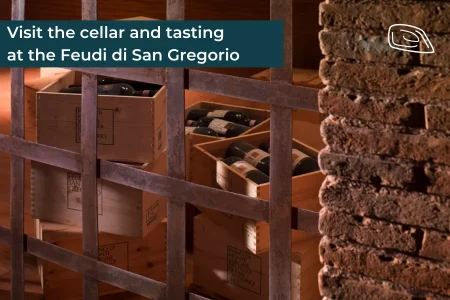Pompeii
A lively port city, the fate of Pompeii was marked by the eruption of Vesuvius in 79 A.D. Today the town is a UNESCO World Heritage Site and one of the most visited in the world.
Pompeii is easily accessible from the main surrounding cities by train, car or even bus. The journey time by road (without traffic, which is rare on these roads) is about 2.5 hours from Rome, 30 minutes from Naples and 45 minutes from Sorrento. However, the railway line known as Circumvesuviana is the most popular as it leads directly from Napoli Centrale to the excavations at the Villa dei Misteri-Pompei Scavi station. Circumvesuviana runs every half-hour or so and takes about 30 minutes to reach its destination.
Main Attractions
Before the eruption of Vesuvius in 79 AD, whose chronicles of the time were reported by Pliny the Elder, Pompeii was an important port city for the ancient Roman Empire and controlled the entire Mediterranean Sea. The archaeological site and the excavations in progress offer visitors the best look at the life of ancient Rome. Of particular interest are the Roman Forum and the Amphitheatre whose acoustics are so good that no microphones are needed to be heard from the stage. As proof of this, the Pink Floyd (a well-known pop complex of the 1970s) filmed the video Live At Pompeii.
The beauties of Pompeii's excavations are not only those just mentioned; archaeologists have found recesses in the ground that they could fill with plaster moulds, to correspond exactly to what life was originally up to the moments before the disastrous eruption. During the journey through the ancient streets of Pompeii, you can still admire, among other things, the Temple of Jupiter, of which there is only one triumphal arch, the granary of the city and the nearby macellum, the main market for meat and fish.
Many of the finds from Pompeii are now kept in the National Museum of Archaeology in Naples and represent something not to be missed for all lovers of art history, as they allow you to know statues, mosaics and intimate objects of daily life that once existed in Pompeii.









